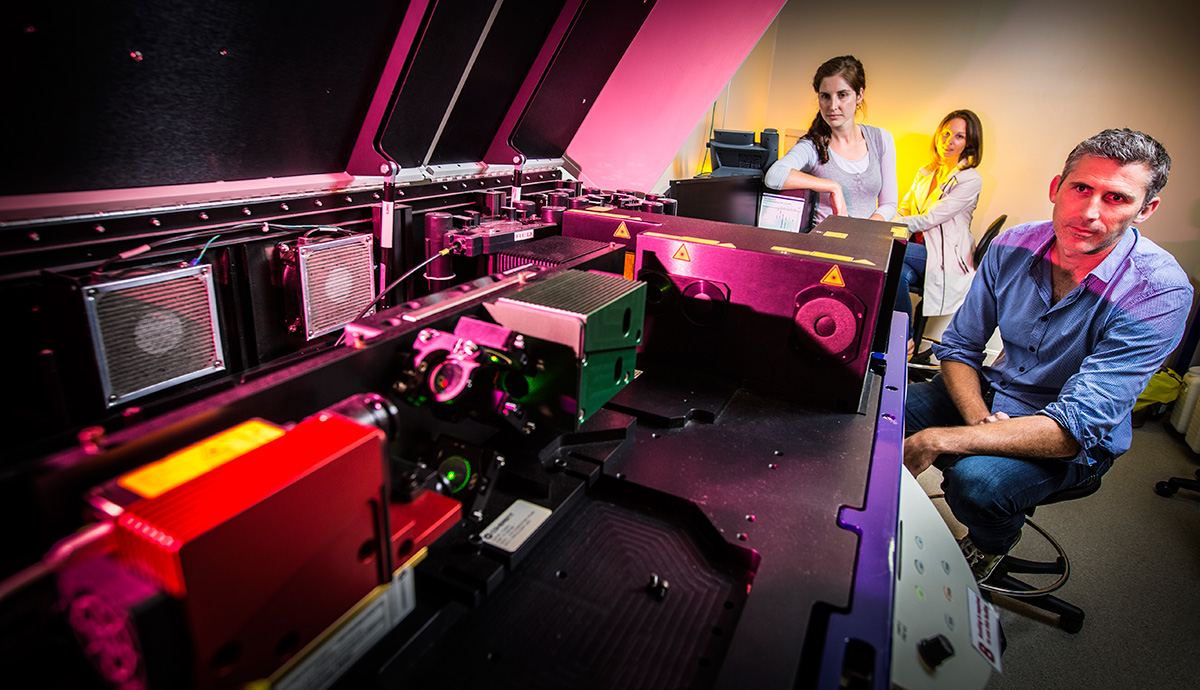April 15, 2016
New gene link provides hope to families with MND
Breakthrough in our understanding of MND will lead to a new genetic test for the fatal disorder.
Researchers at the Illawarra Health and Medical Research Institute (IHMRI) and UOW have contributed to a breakthrough in our understanding of Motor Neurone Disease (MND) which will lead to the development of a new genetic test for the fatal disorder.
As reported to Nature Communications this week, a 70-strong research team led by Associate Professor Ian Blair from Macquarie University’s Australian School of Advanced Medicine and including IHMRI MND expert Dr Justin Yerbury have, for the first time, linked a gene called CCNF to MND and Frontotemporal dementia (FTD).
Ten per cent of people who contract MND are able to trace it to a family member. Of this familial cohort, around 70 per cent have mutations in genes previously linked to MND such as SOD1, TDP43, FUS and C9ORF72, meaning that individuals and family members can be tested for the presence of these mutations.
However, for the remaining 30 per cent without these gene mutations, tests are either inconclusive or unavailable.
According to Dr Yerbury, a founding member of the IHMRI-based Proteostasis and Disease Research Centre, the fact that this mutation has been found is a very strong indicator that CCNF is dysfunctional in MND patients.
“As a result, new genetic testing will be developed and specialist clinicians may soon be able to screen embryos for these mutations so that children from these families are not born with the devastating disease” he said.
“It also represents another piece of the MND puzzle and adds to a body of evidence suggesting that protein degradation is going to be a very important drug target for MND and FTD.”
The research began over four years ago after Associate Professor Blair identified the gene mutation in a single Australian family. The team went on to test the hypothesis with international cohorts, with Dr Yerbury and Research Assistant Natalie Farrawell using IHMRI’s state-of-the-art laboratories to examine cells with normal CCNF and those with mutant versions.
“One of the functions of CCNF is to identify and tag old, worn-out and potentially dangerous proteins with ubiquitin [a regulatory protein] to signal their degradation and prevent a dangerous build-up of these proteins within cells,” explained Dr Yerbury.
“We liken this process to a garbage disposal unit which chops up household waste for easier disposal. If that unit breaks down, the waste builds up. That’s exactly what we found in out cellular experiments; that mutations in CCNF caused junk protein to accumulate in cells.”
Dr Yerbury is already using the information to design preclinical gene therapy trials in collaboration with IHMRI drug delivery expert Dr Kara Perrow, to boost the cell’s degradation system to combat the disease.
